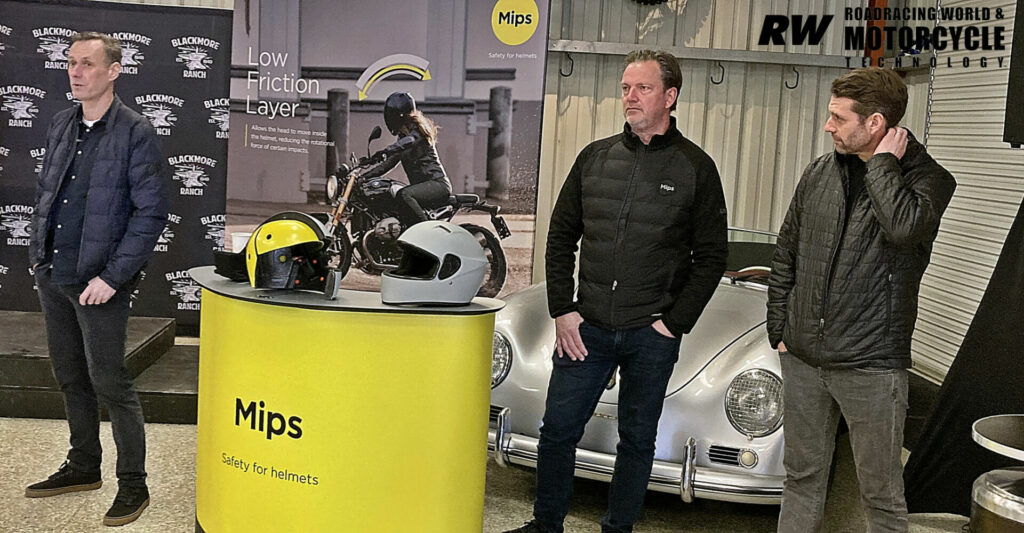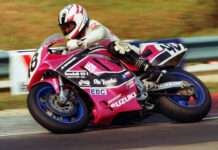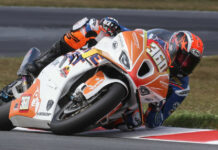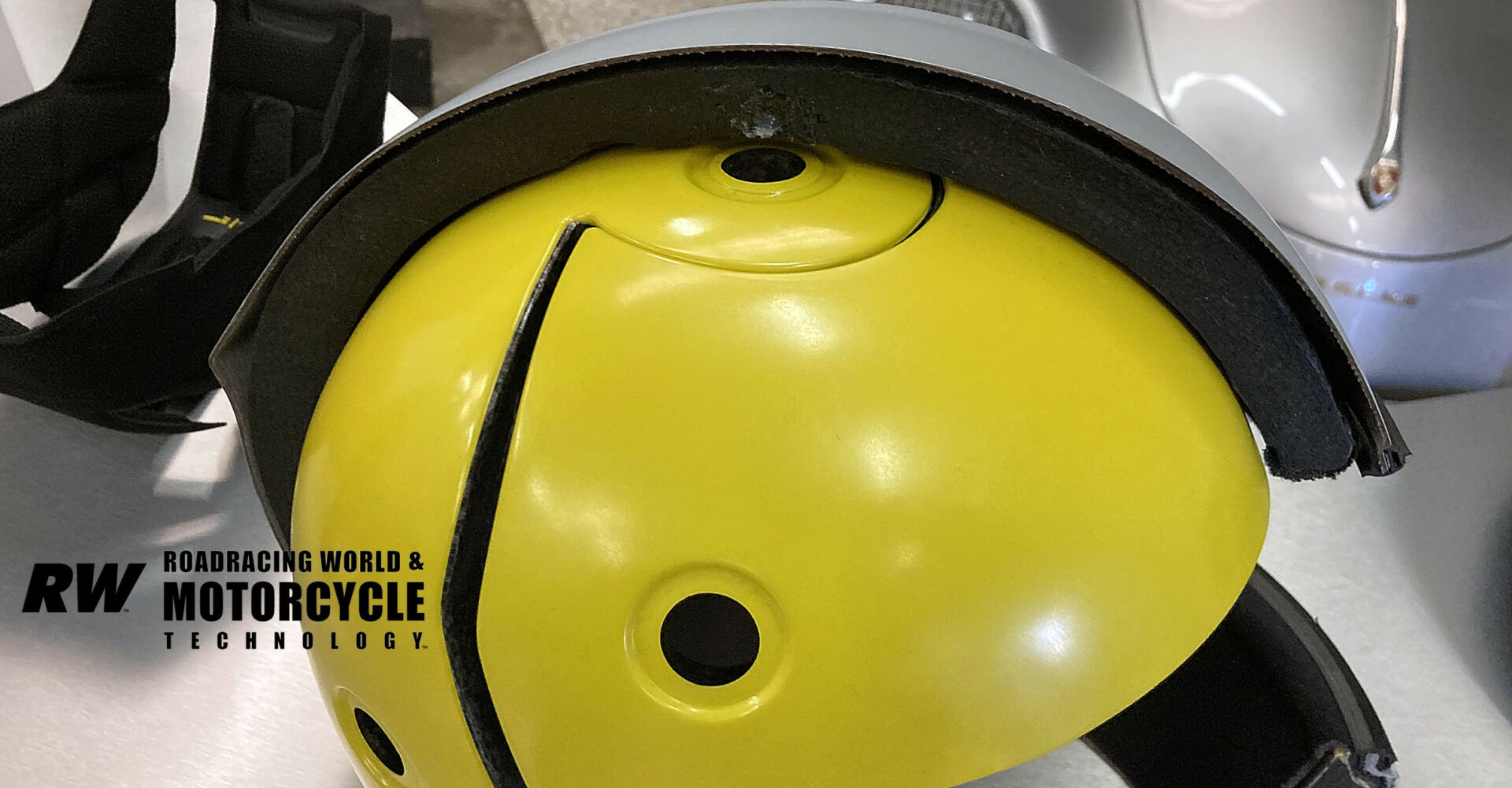By Michael Gougis
With new helmet safety standards coming online and more being proposed, executives from one of the world’s leading proponents of rotational impact attenuation displayed the company’s latest designs and talked about its benefits.
“We know that the industry is finally waking up, but it has been a very, very long journey,” said Max Strandwitz, Chief Executive Officer of Stockholm-based Mips.
The company gathered journalists at Blackmore Ranch, an off-road riding facility in Southern California, for a presentation on Mips (Multi-directional Impact Protection System) technology, as well as allowing representatives from Alpinestars, Fox and Troy Lee Designs to talk about how they incorporate the technology into their products. The presentation incorporated a livestream from the company headquarters in Sweden, where the firm’s head of implementation demonstrated the testing procedures that the company uses to develop and certify its products.

Rotational energy is introduced into the brain when a rider strikes an object at an angle. The brain itself moves in the cerebrospinal fluid that surrounds it. Mips, and other similar technologies, are designed to provide a similar amount of “slip” in the helmet lining, allowing the head to rotate slightly in the helmet and thereby reducing the peak rotational forces that are transmitted to the brain.
“The worst thing that can happen is that (the brain) comes to a sudden stop. When you come to a sudden stop, that force has to go somewhere,” Strandwitz says.
Central to the company’s technology is a split lining. It is essentially two different linings with a low-friction layer between them. In a crash that introduces angular momentum to the helmet, the low-friction layer allows the inner lining to slip between 10mm and 15mm in a time frame of 5 to 10 milliseconds.
The latest design, on display at the gathering, introduces another split, this one in the inner lining. Crossing from ear to ear over the top of the head, the second “slip” layer allows for more motion and prevents the two main linings from “locking” together when they move, as they obviously are not perfectly spherical.
The company has experience in this field. Founded in 2001, the company’s technology first appeared in an equestrian helmet in 2007. Since then, the company has expanded to on- and off-road motorcycle helmets, as well as protective headgear for skiing, bicycling, other sports, and for workplaces where head protection is required. The company says more than 30 million units with Mips technology have been sold through more than 150 brands. The company doesn’t produce the liners, but partners with companies that produce its designs for helmet manufacturers or works directly with helmet manufacturers to produce liners with Mips technology.
Getting the industry to take rotational energy attenuation seriously has been a challenge, Strandwitz says. Fewer than 1% of the street helmets sold in the U.S., as well as in Europe, incorporate Mips technology, he says. And some of the early “technology” aimed at rotational energy attenuation actually reduced the effectiveness of the helmets they were used in – some companies literally sold a piece of cloth that the user was supposed to wear between skull and helmet, and that cloth allegedly would allow for “slip” in case of an angular hit. Given that the force between head and helmet lining can exceed 750 kilograms, the company says, most cloth-like solutions actually reduced the ability for the head to slip. Have 10 adults stand on a piece of cloth and see how hard it is to pull. Now imagine all of that gravitational force concentrated on a few square inches, and you could imagine that it would be nearly impossible to move that cloth!
Strandwitz says that modern rotational attenuation devices, across all manufacturers, have improved dramatically from earlier units. And he says that the Mips system addresses concerns that technology designed to reduce the angular momentum transferred to the head compromised the performance of the liner. The thickest Mips low-friction layer is 0.7-0.8mm thick, and Strandwitz says that the amount of potential lining material it displaces is inconsequential.
The new ECE 22.06 standard for helmets will incorporate a test for rotational energy. And there are proposals to change other helmet standards, requiring manufacturers to create helmets that absorb angular momentum.







